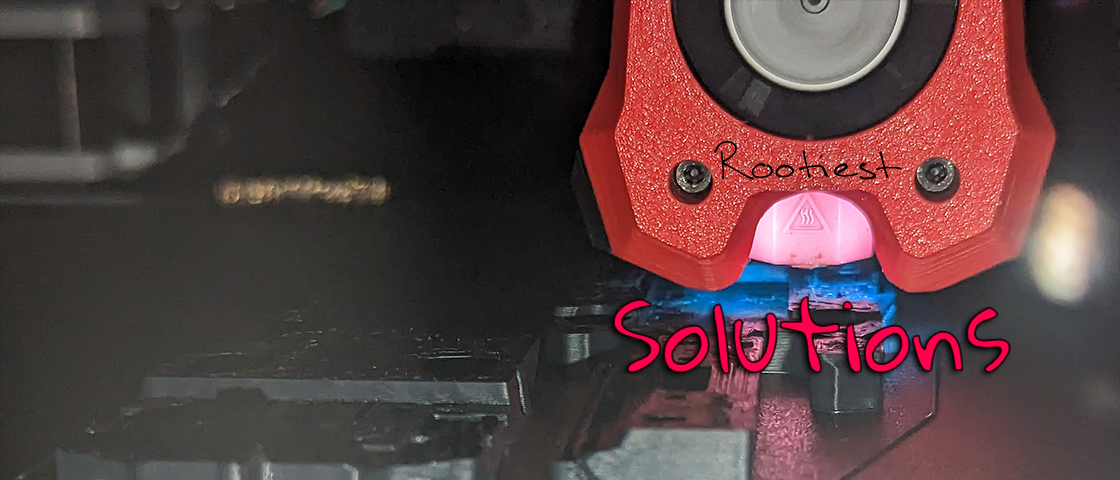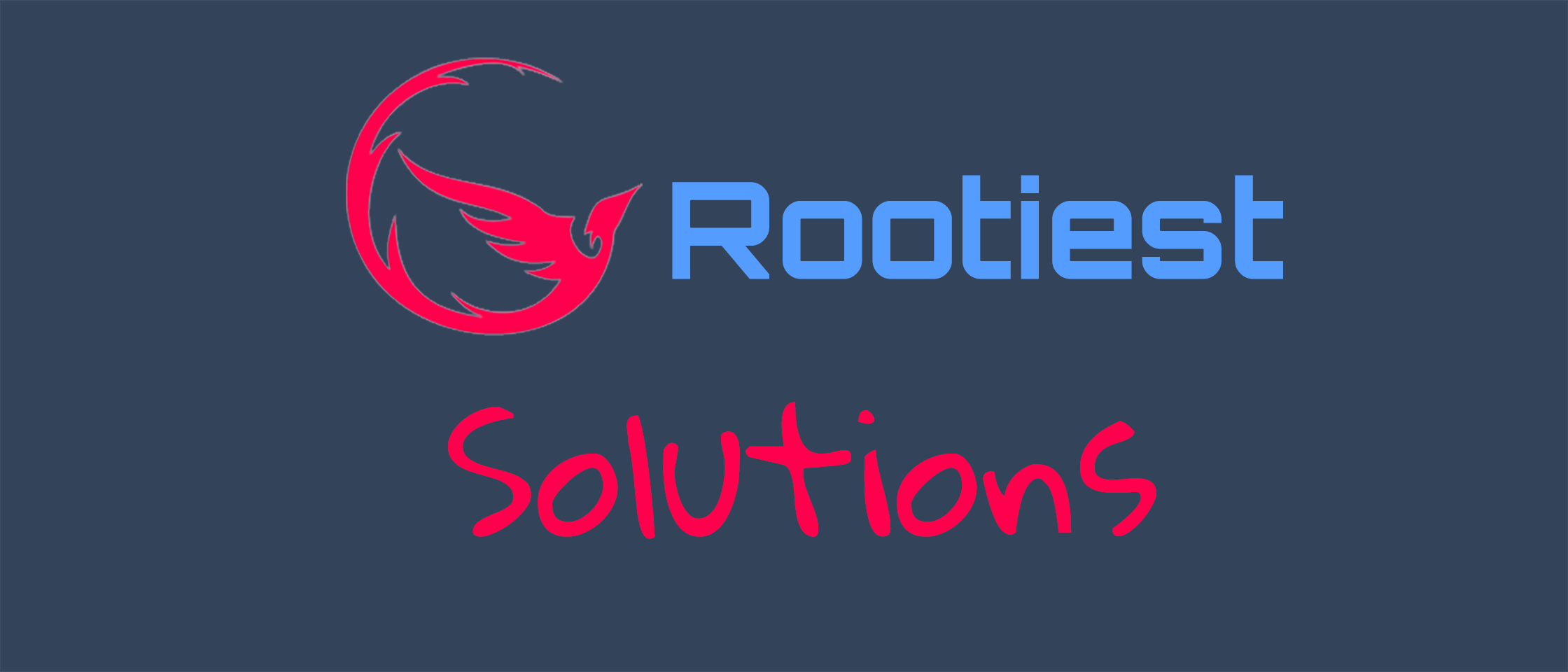

As I understand it, it’s just as they said:
Calculating primes is fairly straightforward so you calculate a few large prime numbers, and do some math to them.
Now you have a strong key that didn’t require a supercomputer to create but taking that final number and turning it back into those original primes is a much more computationally expensive proposition.
In fact, it’s one that’s not viable with current technology.





Yeah as far as I know this still works.
You need to use a valid address (there are sites for generating one)
You also need to use a credit card that has never previously been used in Google with another address